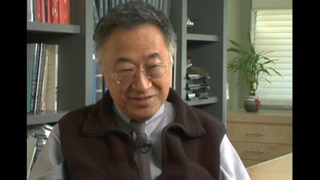Interviews
Treating international and VIP patients
Well, I had at least three open-heart surgeries – open-heart means we used a heart-lung machine. Everyday schedule and I’d do other kinds of surgeries in between when I need to, so I never came to the office until Saturday. I never saw patients in the office until Saturday. I came to the hospital not to see…schedule patients. So my day was mostly spent in hospitals. I*: And who were your patients? Were they children, adults… I did all the children. I did all the adults. I had a good number of international patients. A good number from Japan, some from Taiwan, Hong Kong, Australia, Guam, quite a few from Canada, too. I: Did they come here to see you or did they…how did…? Oh they came to see me. I was fortunate because the Japanese doctors, I gathered, were afraid to operate on VIPs because I think if something untoward happens, they might ruin their career. So I enjoyed a good number of real notables from Japan. * “I” indicates an interviewer (Akemi Kikumura Yano).
Date: May 30, 2006
Location: Hawai‘i, US
Interviewer: Akemi Kikumura Yano
Contributed by: Watase Media Arts Center, Japanese American National Museum




